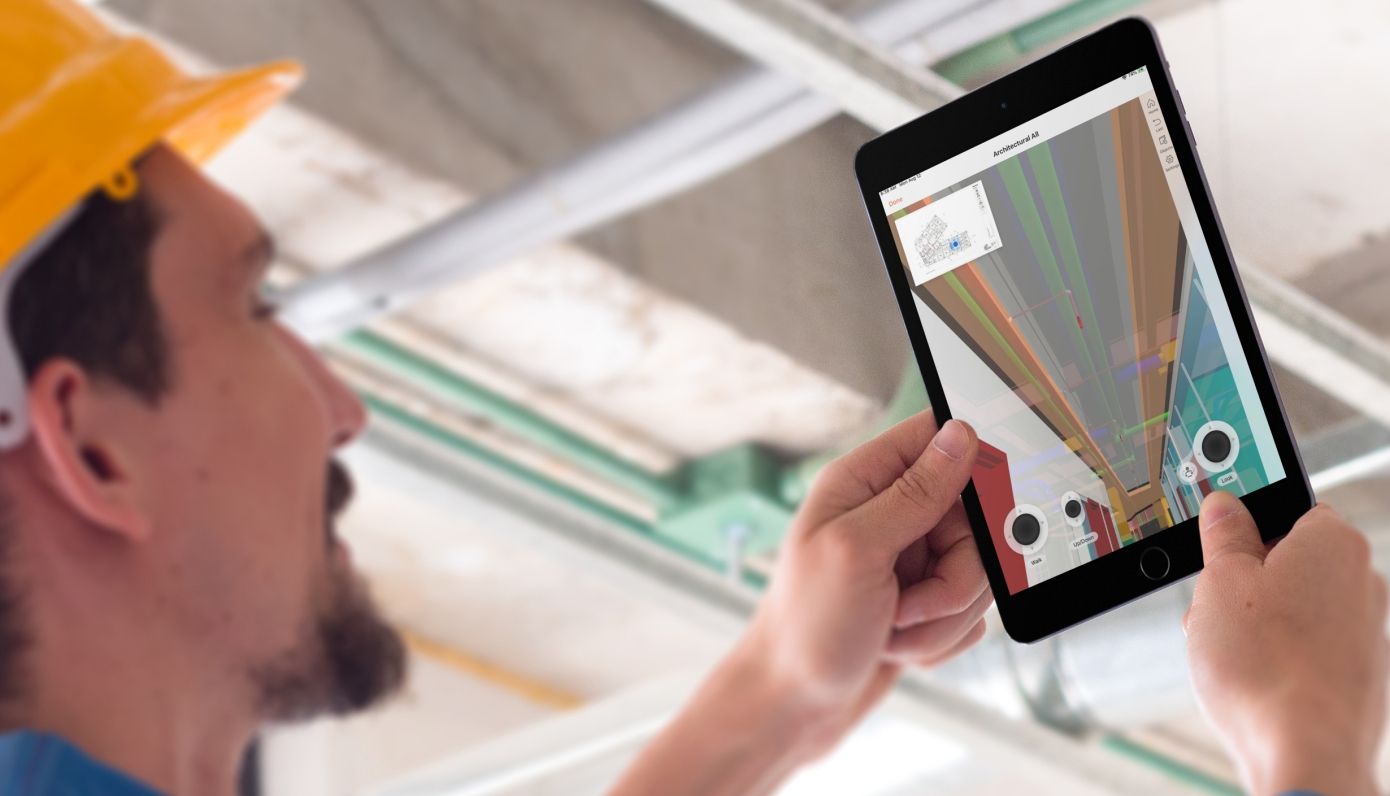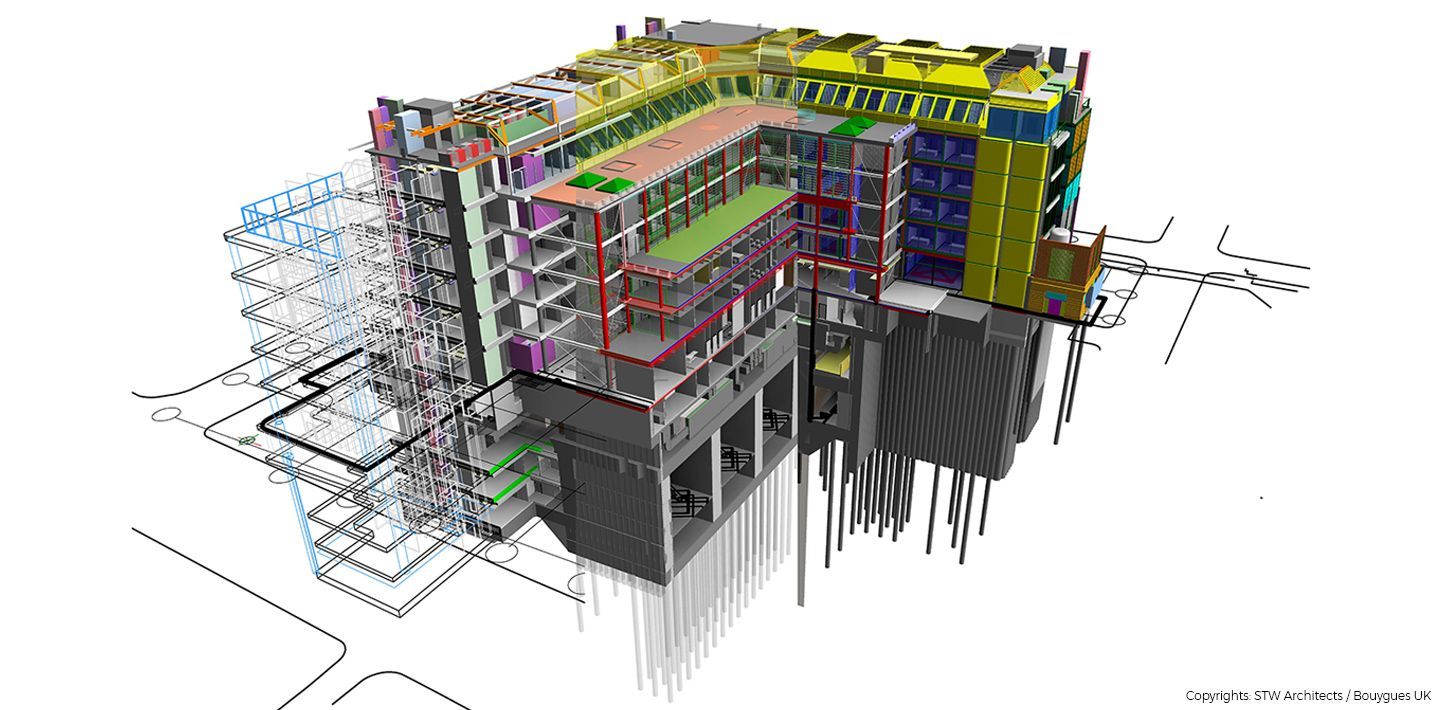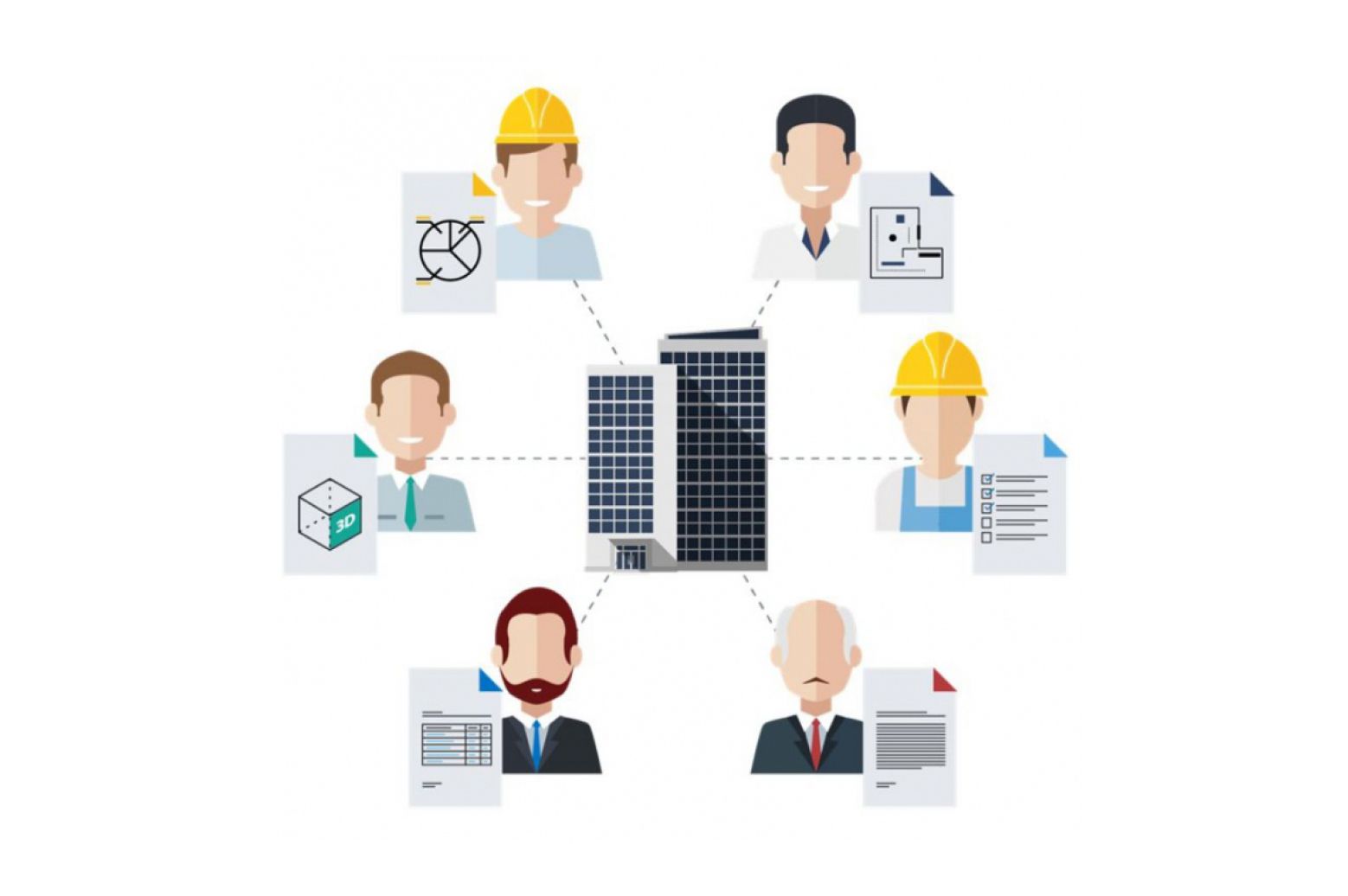PROGRAMS
Join thousands of people who organise
work and life with Novatr.
What Jobs Can You Take Up As A BIM professional?
Sai Sreekar Chebiyyam
9 mins read
December 23

BIM is a virtual representation of the most significant building elements in models to help stakeholders visualize and make decisions in design, construction, and operational phases. The term “BIM” first appeared in the early ‘90s, but it took a decade for it to gain widespread recognition and adoption. Now, BIM is playing catalyst to a massive digital revolution in AEC (Architecture, Engineering and Construction).

Bibliometric Survey for Adoption of Building Information Modeling (BIM) in Construction Industry
Adoption of BIM technologies
Most of the European Countries and a few states in the United States have already mandated BIM for public projects, and it is being extensively used in India for the residential sector. It is anticipated that when Virtual Reality technology kicks in at an affordable and convenient form, BIM will inevitably be mandated for most projects to maximise efficient utilisation of resources and minimise the friction between design and construction. For this very reason, BIM roles are likely to be high in demand and also offer accelerated career growth and high salaries to professionals who take them up.
Types of BIM Job Roles in the AEC Industry Today
1. BIM Modeller
A BIM modeller could be a fresher in the industry with a related bachelor's degree and some beginner knowledge in BIM. They primarily work in teams on day-to-day BIM duties assigned by BIM designers/managers. Tasks can be as basic as building BIM models from 2D drawings to refining models so that they can be rendered. There is enormous scope at this job level to learn more about industry standards in depth.
2. BIM Designer
BIM designers occupy the next level of the profession, where one is expected to have gained a couple of years of experience in both BIM as well as their own respective core disciplines (such as architecture, civil engineering etc). BIM modelling in all the phases, from schematic to as-built drawings, is dependent on employees at this level. BIM designers typically take duties from BIM managers and project managers while training BIM modellers simultaneously.
3. BIM Engineers
The AEC industry demands several engineers' involvement to complete a project. Structural, electrical, and mechanical engineers are most commonly required for projects that are more complicated than usual residences. An essential engineering degree, 2-3 years of experience in construction/installation services, and exceptional modelling skills in BIM could make one a BIM engineer. BIM engineers spend a significant amount of time designing respective systems, scheduling, material take-offs, documentation, etc. They take duties from other in-house BIM specialists and respective core engineers while also training BIM modellers.
4. BIM Manager
When one decides to continue in the field of BIM beyondt 5-7 years, they can become BIM managers. These professionals can serve as BIM specialists who set up the LOD (Level of Detail) for each project based on the requirement. They delegate tasks to BIM designers and modellers, monitor their outputs, and do QC (Quality Checks) to maintain the standards. They are responsible for following the ever-evolving industry norms and practices and updating the standards for BIM professionals in the office.

5. BIM Coordinator
BIM coordinators are BIM managers/specialists with excellent communication skills who exclusively interact with multiple consultants on a day-to-day basis to coordinate the models and eradicate miscommunication among teams. BIM Coordinators are only required in significantly huge firms where several BIM projects are churned out every year.

BIM facilitator on the site comparing the construction with BIM model
6. BIM Facilitator
Given the vastness of the AEC industry, there are several professionals who are unaware of BIM processes, methodology and workflows. BIM facilitators are specialists who form a link between BIM professionals and others in the industry. For example, labourers cannot directly access BIM files to review drawings if they need the latest information for more clarity. Also, sometimes one has to bypass the drawings to build appropriately if the site poses irreparable circumstances. One needs to make timely documentation in BIM to escalate the situation to design and consultant teams. In such cases, a BIM facilitator would act as a translator between BIM users in the offices and non-BIM users at the construction site and update both parties with the required knowledge. This role requires significant experience in both BIM and construction site operations for smooth communication.
7.BIM App Developer
Designers or engineers with coding capabilities can become BIM app developers; they mainly develop plugins for BIM applications. They act as consultants to giant firms and make custom plugins for the projects. Some work as separate enterprises and build generalised plugins based on the data and trends provided by BIM data analysts. There is a vast market for these plugins if they can save a significant amount of time. Relevant knowledge and 3-5 years of experience in both AEC and coding are essential for these BIM professionals to make successful products.
8.BIM Analyst

BIM analyst at work
BIM models carry a lot of data if modelled appropriately. This data can be subjected to various studies and analyses. For example, heating loads are analysed in the Revit models. This analysis would allow anticipating energy consumption throughout the life cycle and help adopt appropriate design changes to become sustainable. BIM designers can do fundamental analysis, but a specialist with proper education (e.g. Masters in Sustainable Design) and experience would be required for a larger project
[Read: How Harsha Vinjam became the Sustainability & BIM Lead at Cooper Carry (USA)]
9. BIM Consultant
One can become a BIM consultant after significant experience in BIM and AEC. There is a lot of margin on how diverse the consultancy could be. One can act as a solo consultant and guide the firms when required or set up a business with several BIM modellers, designers, app developers, etc. The list could go on depending on the size of the firm anticipated. They would support various projects/firms with customised BIM solutions like 3D, 4D, 5D, 6D modelling, clash detection, Quantity take-off, employee training, etc.
BIM will only evolve by leaps and bounds in the coming decades. Projects in the future would demand even more precision and competing deadlines, and BIM is the only solution to deliver both without compromising on the aesthetic value of architecture.
Do you see yourself thriving in a BIM career? Looking to find a BIM job? Check out the BIM Professional Course by Novatr to kickstart your BIM journey.
For more insights on BIM, industry trends, career guidance, software & tools, head to the Learning Hub!

Join 100,000 designers who read us every month


